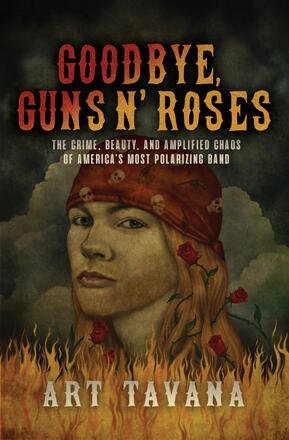
Goodbye, Guns N’ Roses
The Crime, Beauty, and Amplified Chaos of America’s Most Polarizing Band
La description
The final statement on one of the greatest bands of the twentieth century. A definitive, uncensored and exclusive biography of Guns N’ Roses entire history from a celebrated music journalist with exclusive access to band members and affiliates. This is the product of years of gonzo journalism and obsessive fandom.